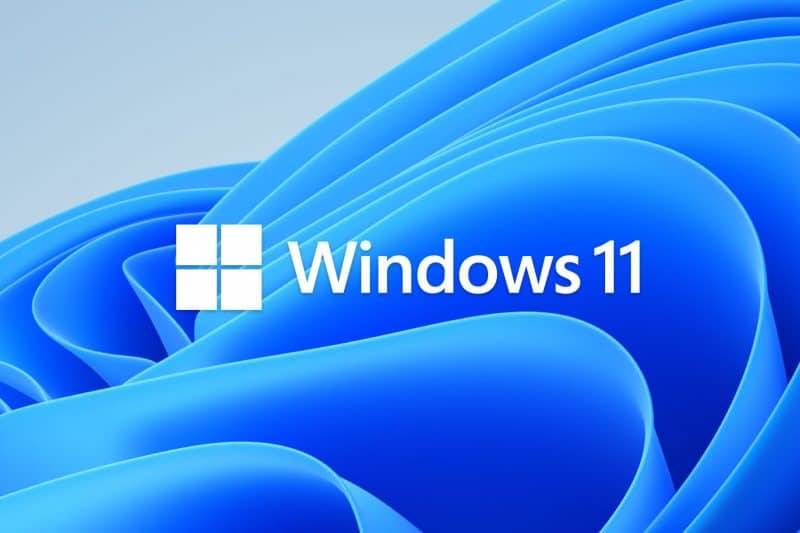Windows 11 offers multiple ways to get help when users encounter issues or need guidance. The Get Help app is a built-in tool that provides quick access to support resources and troubleshooting information. This app allows users to search for solutions, chat with virtual agents, and connect with Microsoft support representatives.
Microsoft has designed Windows 11 with user-friendly features to make finding help easier. The Tips app offers tutorials on keyboard shortcuts, desktop organization, and system customization. Users can also access help information directly from the Settings menu by selecting the “Get help” link while navigating different options.
For those who prefer traditional methods, Windows 11 still supports the classic F1 key shortcut to open context-sensitive help in many applications. This feature provides instant access to relevant information based on the user’s current task or location within the operating system.
Finding Help in Windows 11
Windows 11 includes a variety of built-in help resources to assist you with troubleshooting problems, learning new features, and getting the most out of your operating system.
1. Get Help App
The Get Help app is your one-stop shop for Windows 11 support. You can access it by searching for “Get Help” in the Start menu. Here, you can:
- Browse help articles: Find articles on a wide range of topics, from basic troubleshooting to advanced features.
- Contact support: Connect with a Microsoft support agent via chat or phone.
- Run diagnostics: Troubleshoot common problems with automated diagnostic tools.
2. Tips App
The Tips app provides helpful tips and tricks for using Windows 11 features and getting the most out of your device. You can find it by searching for “Tips” in the Start menu.
3. Online Support
Microsoft’s website offers a wealth of support resources, including:
- Support articles: Find detailed articles on specific topics and error messages.
- Community forums: Connect with other Windows users and get help from the community.
- Downloads: Download drivers, updates, and other software for your device.
You can access these resources by visiting the Microsoft Support website.
4. Virtual Assistant
Windows 11 includes a virtual assistant that can help you with tasks and answer your questions. To activate it, click the “Start” button and type your question or command.
5. Troubleshooting Tools
Windows 11 includes several built-in troubleshooting tools that can help you resolve common problems. To access them:
- Open Settings: Go to Start > Settings.
- Go to System: Click on “System” in the sidebar.
- Select Troubleshoot: Click on “Troubleshoot.”
- Choose a troubleshooter: Select the troubleshooter that corresponds to the problem you’re experiencing.
6. Keyboard Shortcuts
Keyboard shortcuts can be a quick and easy way to get help in Windows 11. Here are a few useful shortcuts:
- F1: Open the Get Help app.
- Windows key + I: Open Settings.
- Windows key + S: Open Search.
Additional Tips
- Be specific: When searching for help, be as specific as possible with your query. This will help you find the most relevant results.
- Use keywords: Include relevant keywords in your search query.
- Check for updates: Make sure your Windows 11 operating system and drivers are up to date.
- Create a restore point: Before making significant changes to your system, create a restore point so you can revert back if necessary.
Key Takeaways
- The Get Help app provides quick access to support resources and troubleshooting
- Windows 11 includes built-in help features like the Tips app and context-sensitive help
- Users can find assistance through multiple channels, including virtual agents and support representatives
Navigating the Get Help App
The Get Help App in Windows 11 offers a user-friendly interface for accessing support, troubleshooting issues, and discovering helpful tips. It serves as a centralized hub for resolving common problems and finding answers to questions.
Launching the Get Help App
Users can access the Get Help App through multiple methods in Windows 11. The quickest way is to type “Get Help” in the search box on the taskbar. Alternatively, users can open the Start menu and scroll through the app list to find the Get Help icon.
For those who prefer keyboard shortcuts, pressing the Windows key + F1 will launch the app directly. Once opened, the Get Help App displays a clean interface with a search bar at the top.
Interacting with Microsoft Support
The Get Help App provides direct communication with Microsoft Support. Users can type their questions or describe issues in the search bar. The app uses AI to understand queries and offer relevant solutions.
For more complex problems, users can initiate a chat with a virtual assistant. This feature provides step-by-step guidance through troubleshooting processes. In some cases, users may be connected to a live support agent for personalized assistance.
The app also includes options to schedule a callback or request remote support for hands-on problem-solving.
Utilizing Built-in Troubleshooters
Windows 11’s Get Help App integrates various built-in troubleshooters. These automated tools can diagnose and fix common issues related to:
- Internet connectivity
- Windows Update
- Audio playback
- Printer problems
- Blue screen errors
To use a troubleshooter, users simply select the relevant category from the app’s menu. The troubleshooter will then run diagnostic tests and apply fixes automatically, often resolving issues without further user intervention.
Exploring Tips and Suggestions
The Get Help App offers a wealth of tips and suggestions to enhance the Windows 11 experience. Users can find information on:
- New features and how to use them
- Productivity shortcuts
- Customization options
- Security best practices
These tips are regularly updated to reflect the latest Windows 11 features and improvements. Users can browse through categories or use the search function to find specific advice.
The app also provides links to official Microsoft documentation and video tutorials for more in-depth learning.







